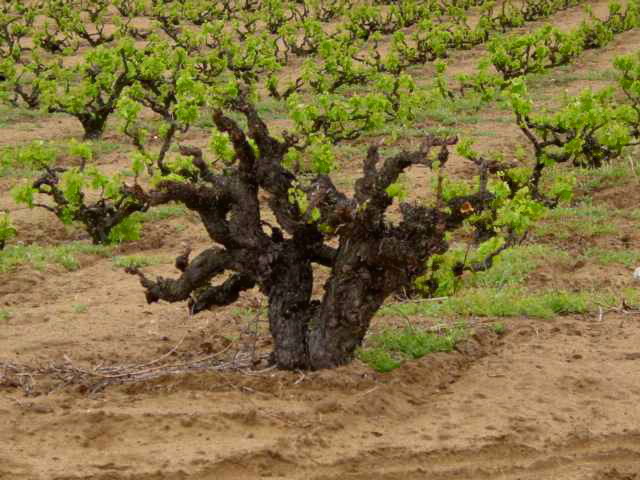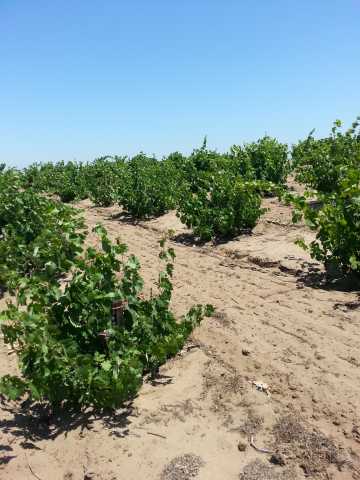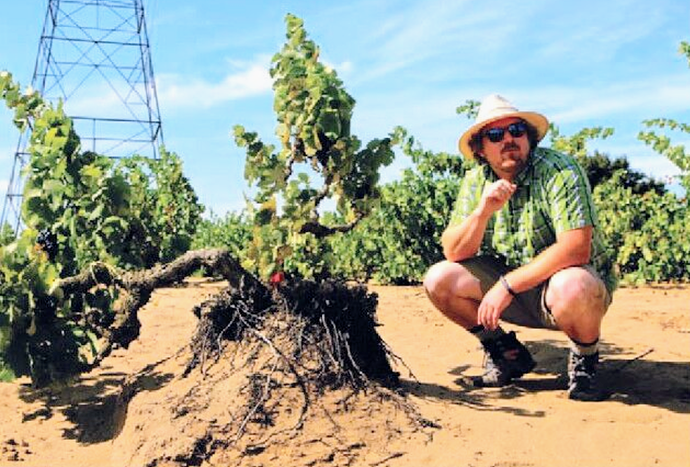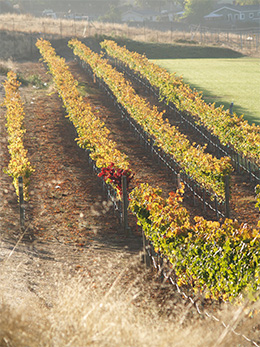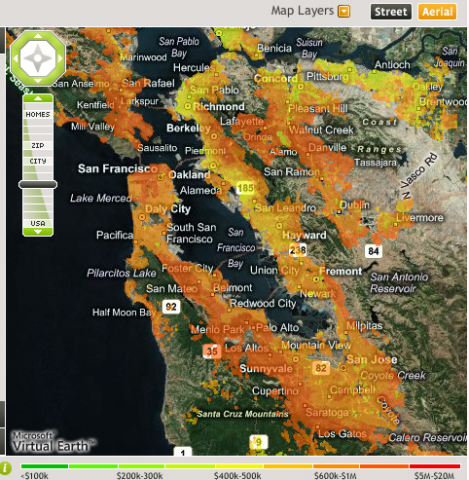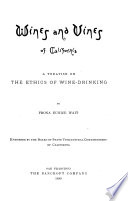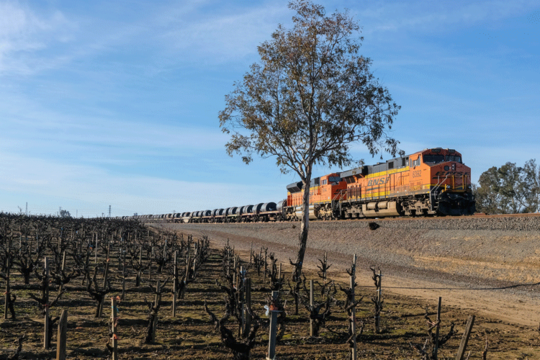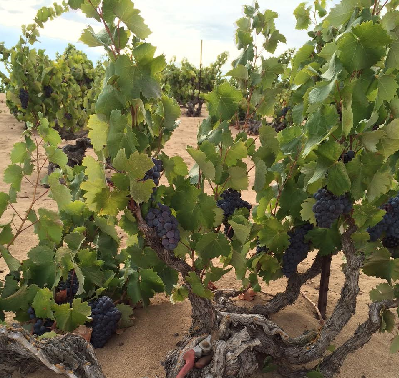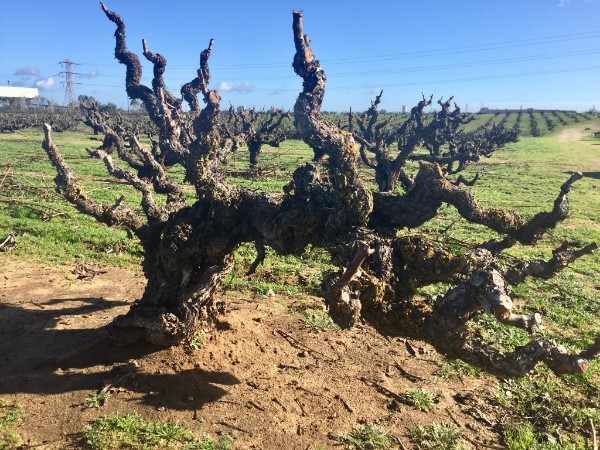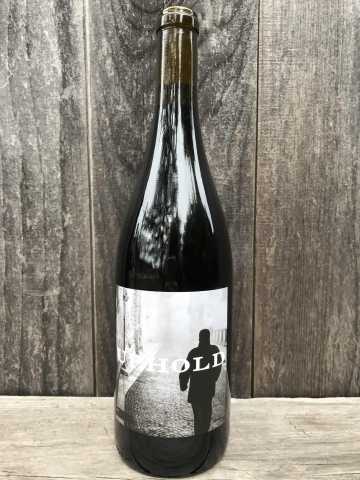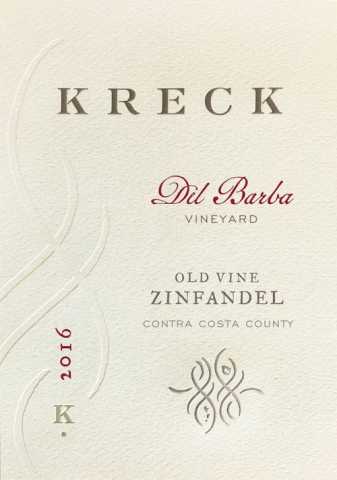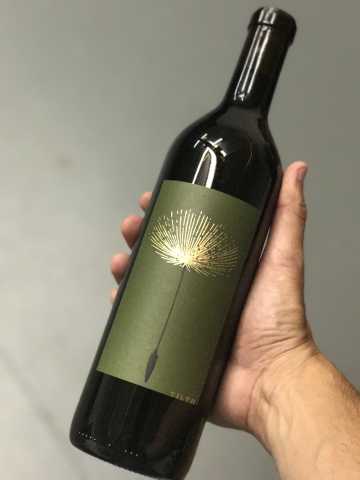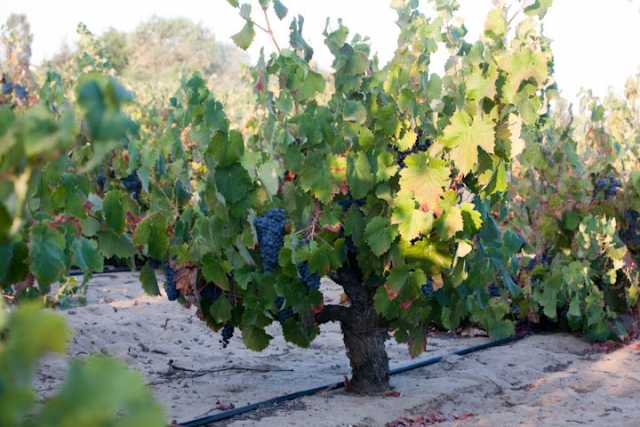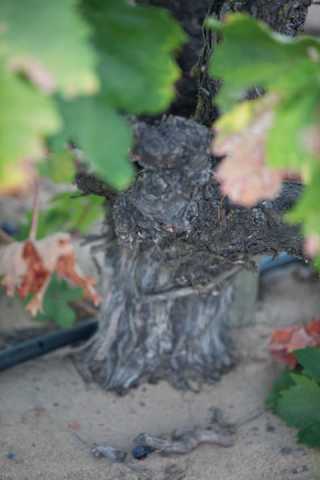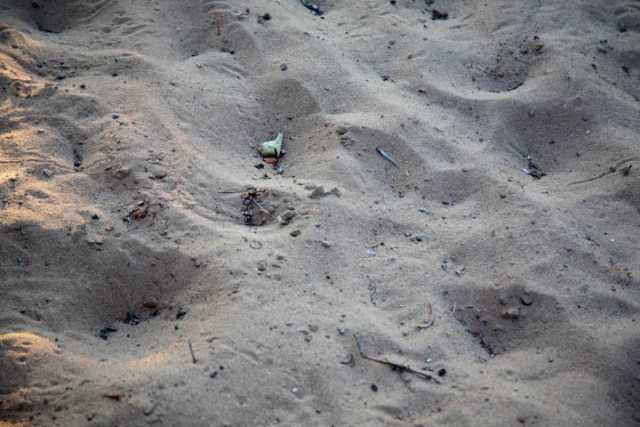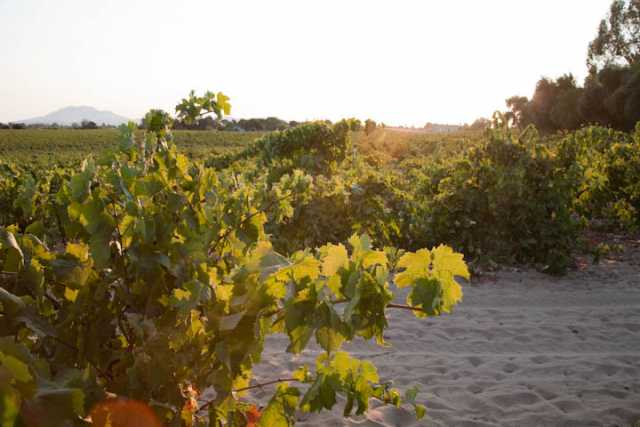I have been perusing my older emails for any overlooked information on the Vineyards and Wineries of Contra Costa’s Oakley & Antioch region. I found this response from Mr Matt Cline of Three Wine Company (March 23, 2016):
"Drew,
"I’ve worked with all the oldest vines of Mataro in the Oakley area and a lot of young vines as well. I have also made wine from the ‘Enz’ Lime Kiln Vineyard in San Benito. The differences in the wines from these two areas has more to do with soil and micro-climate than anything that can be attributed to clonal variation. The morphology of any plant is highly responsive to the soil it grows in, the weather/climate during the growing season, and all the human influences and inputs. ‘Small berries’ are a morphological example of the importance of the dirt, the micro-climate, and all the human influences we call farming. ZAP and UC Davis are trying to decipher clonal variations of selected old vine Zinfandel source wood but currently they are only looking at vines growing in one location (Oakville, Napa Valley). At least 3 additional locations are being developed. Please research the Heritage Vineyard on the ZAP website for more information. Below is some information I have assembled for you.
"I Googled the ‘Mourvèdre Appreciation Delegation’ and read a blog and got the idea to provide you with a comparison between Oakley and Bandol:
Similarities of Oakley Mataro and Bandol
- Both areas are dominated by silica based soils with Bandol having some limestone soils as well.
o Oakley – Delhi Sand
o Bandol - calcareous sandstones and sandy marls
- Soil characteristic favor low fertility and very good drainage
-
Both areas are warm, coastal climates that act like cool climates because the vines are wind affected resulting in titratable acidity and pH preservation
-
Both areas rely on some form of spur pruning gobelet/head training of the vine to utilize its upright growth characteristics
-
Both are dry farmed and have annual rain fall of less than 23 inches on average
-
Both are dominated by the late ripening Mourvèdre / Mataro grape variety which is also resistant to oxidation.
-
Both areas use similar oxidative varieties to tame the bestial/brutish reductive nature of the extremely complex long chain tannins of the dominate variety
o Oakley - Black Malvoisie (Cinsault) and Zinfandel
o Bandol – Cinsault and Grenache
"My Black Malvoisie is all co-fermented in the ‘Spinelli’ Mataro. This is an oxidative-reductive marriage that is highly beneficial to both partners.
"Bandol is one of Provence’s most internationally recognized wine regions while Oakley in Contra Costa is not very well known.
155 Years of California Viticultural History
"Historically, Mataro, along with Carignane and Zinfandel ascended from the experimental foundation blocks in Sonoma to become the most dominant varietals planted throughout California, this was true for about 100 years (~1879 thru the 1970’s).
"From the early 1860’s when new vinifera cuttings were being imported to California to about 1879 was what I call the ‘Gestation Period’ or our ‘Experimental age’. Sonoma grape growers were collecting cuttings and trying to decide what to plant.
"From essentially 1879 (after the golden spike was used to connect the East-West rail system) up to Prohibition (which became law in January of 1920) is the time period that I call the ‘First Golden Age for California Viticulture’. The Golden Age is when we had to decide what to plant because the Eastern market was finally within reach and hundreds of new acres needed to be planted.
"Prohibition is also the start date for the beginning of the ‘Dark Ages’ for California viticulture and winemaking which lasted almost 50 years until Gallo started to own brand their wines in the late 1960’s. If we did not have the ‘Dark’ years where the mafia dominated the distribution business and winery’s didn’t bother to use refrigeration or modern sanitation procedures where would the California wine market be do today? The few large wineries that survived Prohibition and then dominated the market after repeal sold in 20,000 gallon rail cars to eastern distributors who bottled and labeled their own brands.
"Our ‘Modern’ viticultural history started after Gallo took ownership of their wines by ‘own-branding’ and Bob Mondavi building a ‘state of the art facility’ in Oakville (both late 1960’s) which market the start of the ‘craft wine’ movement.
"Mataro comprised about 30% of all the red wine grape acreage prior to Jan. 1920. Zinfandel and Carignane rounded out the trifecta of preferred varietals to plant. Starting in the mid-1860’s, anybody planting vineyards in California grew their vines ‘dry-farmed’. California hadn’t built any of the water storage and delivery systems that it has today so not only did the vines need to be strong and vigorous in the warm Mediterranean climate of California, they needed to perform well both in quality and quantity. Unfortunately, this modern history marks the start of our conversion from blends to varietal winemaking.
"‘Spinelli’ and most of Oakley was planted in the mid-1880’s and the vineyards that are still intact show the importance of Mataro in the traditional California blended red wines. It has taken us almost 100 years to come full circle to where winemakers are now most proud of the blends they are able to craft over the single varietals that still dominate the industry. Is it too late for Mataro? I hope not.
Winemaking
"The tannins in Mataro are what separate this wine variety from all others because they are very long chained molecules. Ridge Vineyards did a lot of testing of all their component wines by HPLC (high profile liquid chromatography). They were buying ‘Evangelho’ and ‘Bridgehead’ Mataro from me at the time. The Mataro samples by far are longer chains than any other varieties they were working with including Cabernet Sauvignon. Ridge still lists Mataro as one of their prominent blending grapes in many of their best Zinfandels.
"The lab guy that was doing all this work for Ridge at the time was Leo McCloskey. Dr. McCloskey is somewhat controversial because he went on to start a company called Enologix with his wife, another PHD. His story is probably more about how we have lost our complexity as we have gone so Cabernet and Chardonnay centric. The more I read about Enologix and Leo, the more controversial that direction of the story is but his early research showed that Mataro is unique among all vinifera wine varietals.
"I need to do a little more research on what it means to have ‘complex longer chained tannins’ but I believe that the chemistry of long chained tannins results in a smoother mouthfeel, more complex flavors, and wines that resists oxidation. This is exemplified by how Mataro as a varietal and in blends evolve so much when exposed to air.
"I believe Mataro is one of those grapes that makes a lot of wines better. The direction at my winery has always been about blending. All my Zinfandels can have up to 5 other ‘field-blend’ varietals in them, whether as rogue vines or purposefully blended in. The wine that I am most proud of is our ‘Established 1885’, which is modeled after how our vineyards in California, and especially Contra Costa County, were planted. About 90% of the wine is basically about a third each of our best Zin, Carignane, and Mataro. I have attached a sell sheet I use on the road to provide brief descriptions of most of my wines. You can see Mataro is in most of them.
"Mataro is a synonym for Mourvèdre / Monastrell that was developed here in California and is still our main ‘legal synonym’. All other synonyms for this grape are marketing terms. Obviously, Mataró is a port city in the province of Barcelona, Spain where Monastrell is a dominate grape variety. Purportedly, a lot of the early cutting that were exported to California by sailing vessels were shipped out of the Port of Mataró.
"It is believed that it was the Italian and Portuguese immigrant farmers here in California that gave this name to the grape. This grape was than exported to Australia from California thus the legal/historical name there as well.
"I hope this has helped you in your quest. Feel free to contact me if you need farther clarification.
"Sincerely,
“Matt Cline
M.A.C. Wines, LLC, dba
Three Wine Company
P.O. Box 2069
Sonoma, California
95476”
http://www.threewinecompany.com
